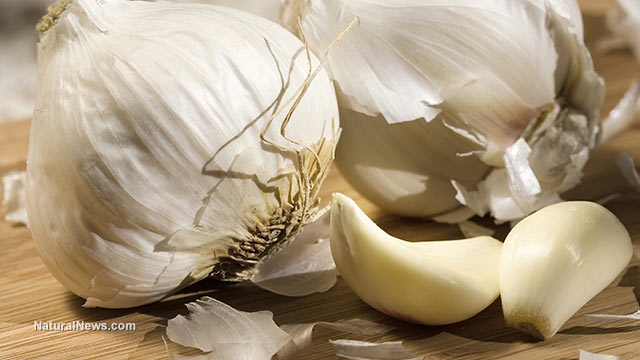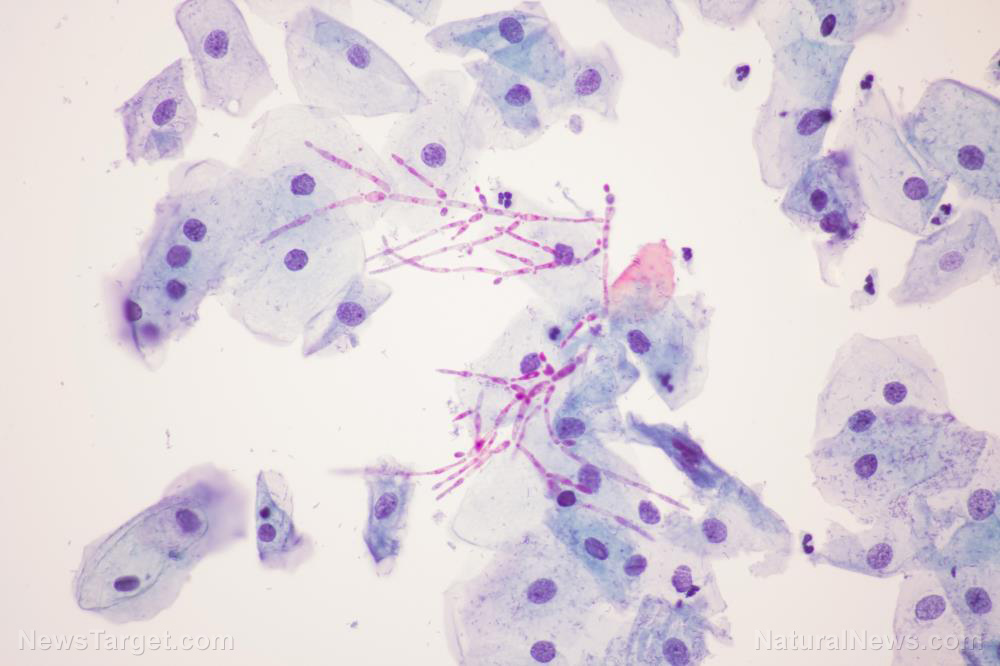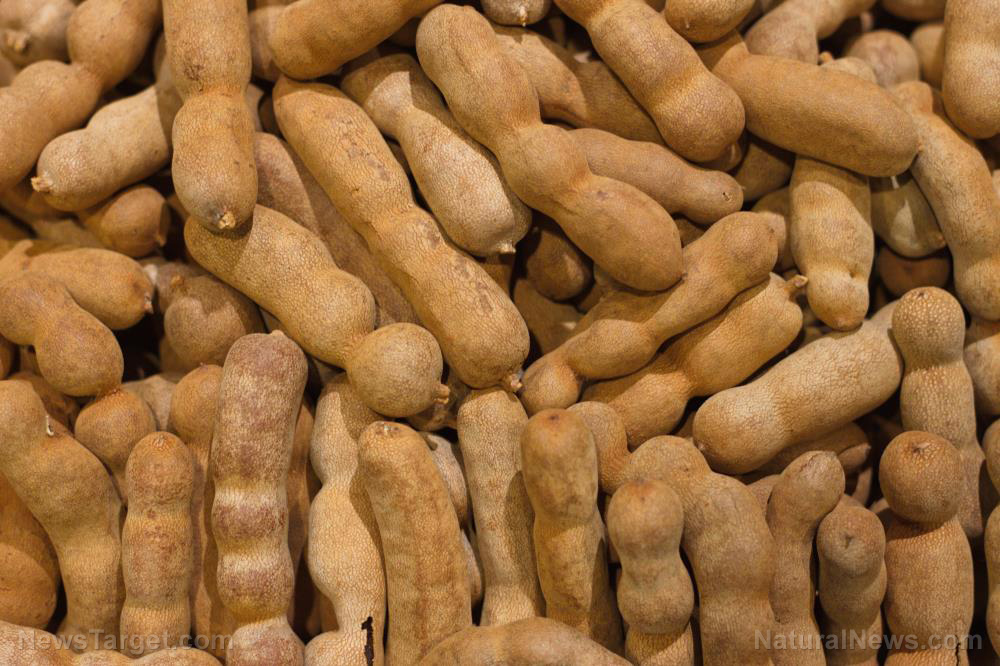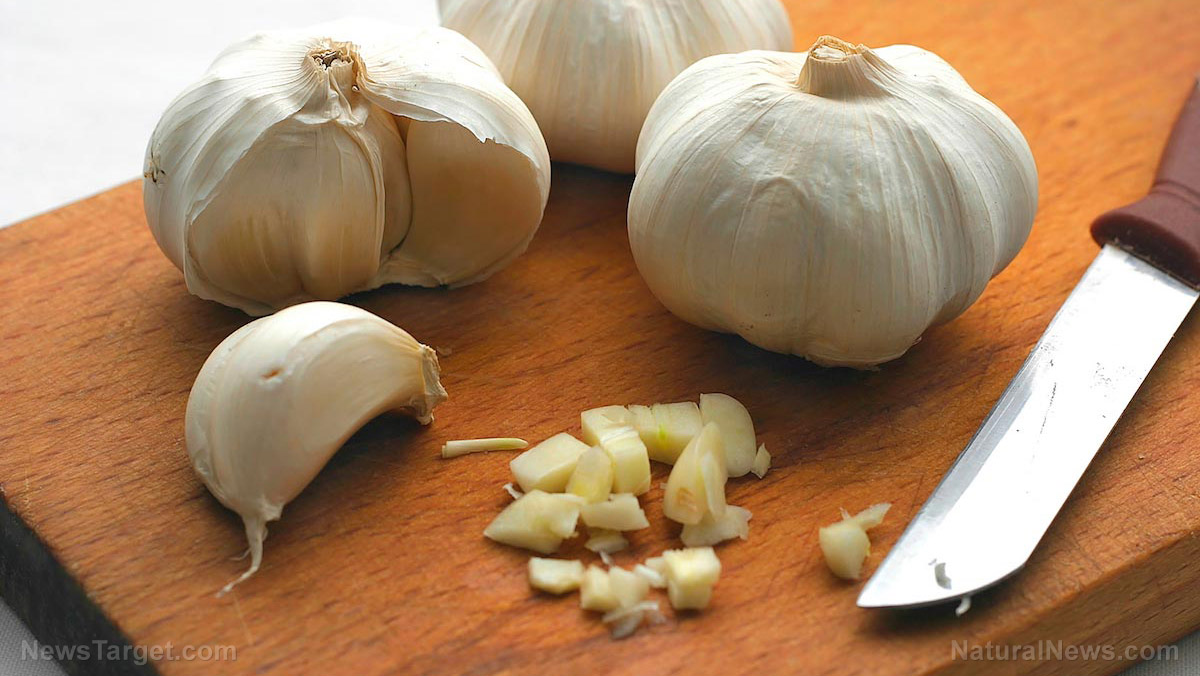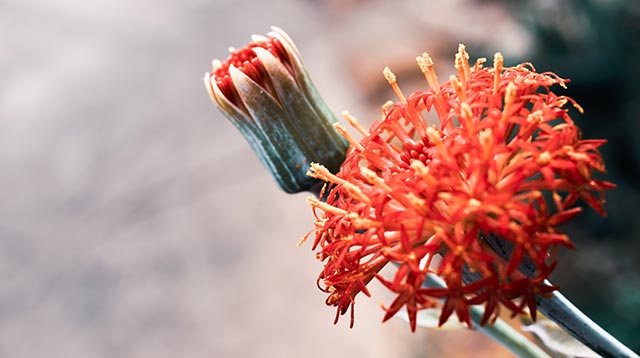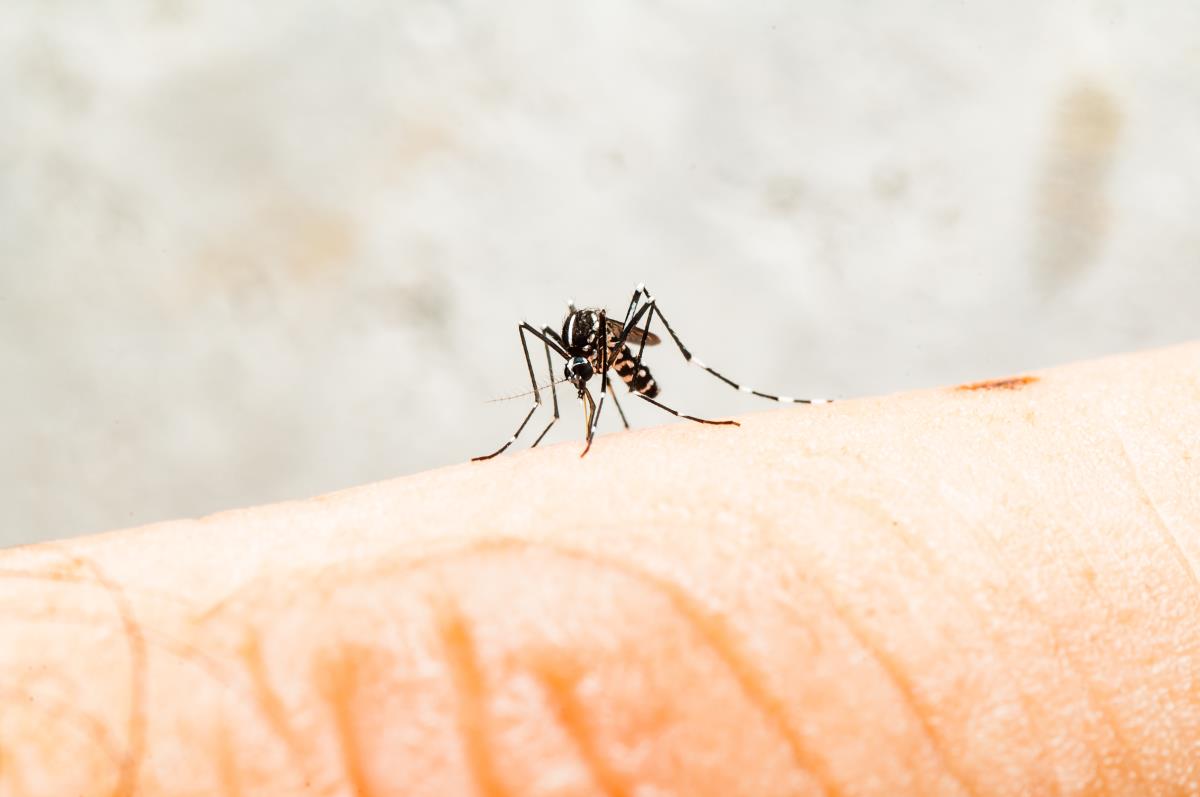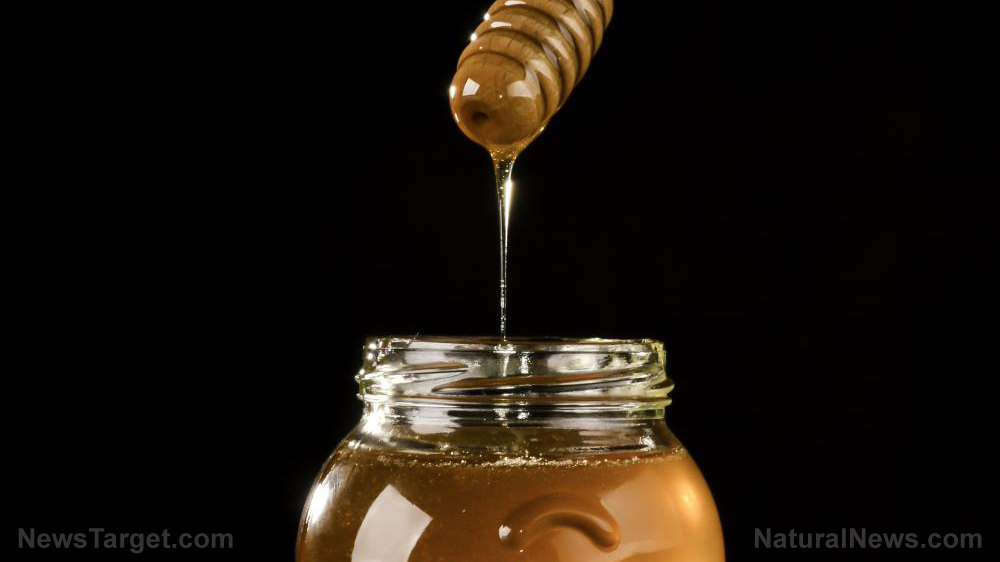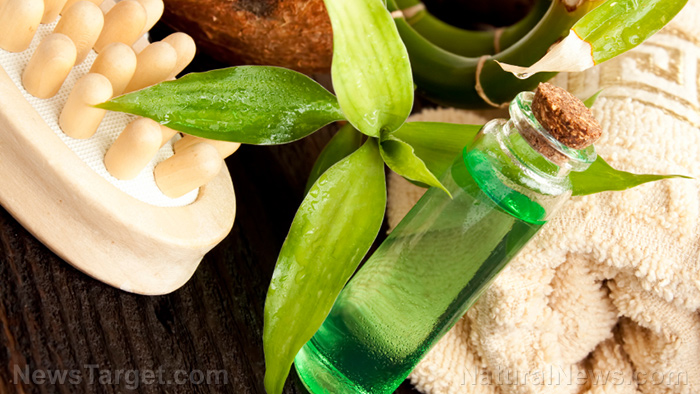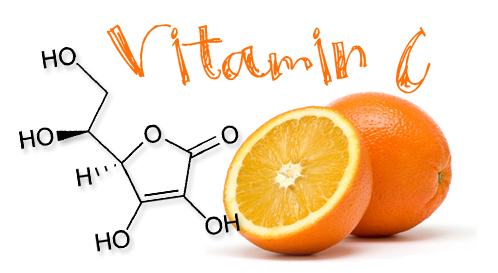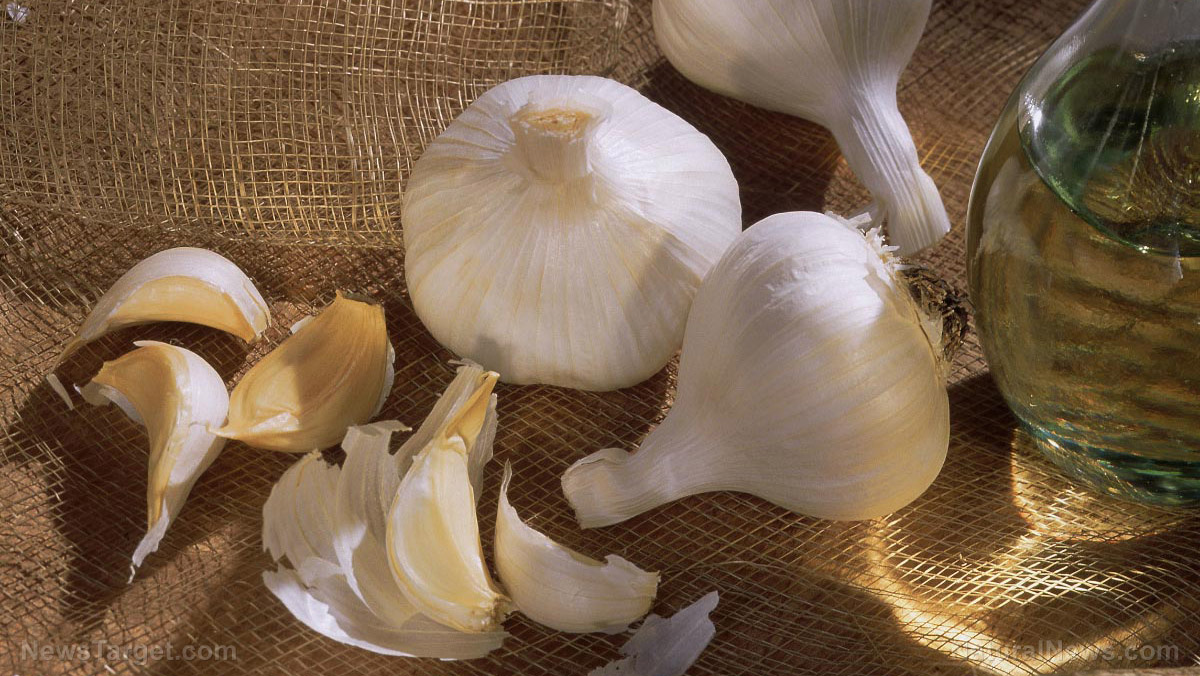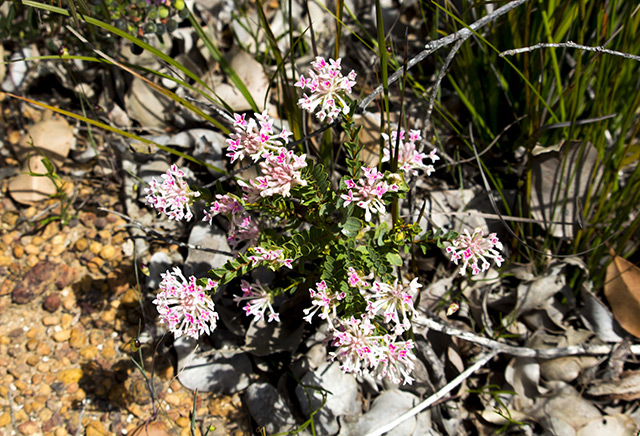Scientists say that Moor-e-Talkh, a Persian medicinal plant, shows potential in treating MRSA superbugs
11/20/2018 / By Zoey Sky

The key to eliminating antibiotic-resistant bacteria might be hidden in Moor-e-Talkh (Salvia mirzayanii), a Persian medicinal plant, according to a study by a team of researchers.
Across the globe, the number of individuals developing antibiotic resistance due to the overuse of pharmaceutical drugs is on the rise. To address this concern, medical experts are now searching for new and effective remedies for bacterial infections.
Researchers warn that some of the most resistant bacteria include:
- Methicillin-resistant Staphylococcus aureus (MRSA)
- Resistant Pseudomonas aruginosa
- Third-generation cephalosporin-resistant Escherichia coli
- Vancomycin-resistant Enterococcus species
At least two-thirds of invasive candidiasis cases are caused by Candida albicans. There are also reported cases of the increasing resistance to antifungal drugs by two Candida strains, C. dubliniensis and C. glabrata. (Related: Has the cure for MRSA been found? A traditional Côte d’Ivoire medicine shows great potential in treating the infection.)
To solve this concern regarding antibiotic-resistant bacteria, researchers are turning to folk medicinal plants, which may be used as readily-available sources of new antimicrobial compounds. It is possible that unlike current antimicrobials, natural antimicrobial components could have different mechanisms that might make them more efficient cures against resistant microbial strains in clinical cases.
Experts are considering potential cures such as plant essential oils, which are derived from secondary metabolites from different parts of a certain plant. These secondary metabolites are made up of various several volatile components.
Earlier studies have shown that essential oils can inhibit the growth of bacteria, molds, and yeasts, making them suitable and natural antimicrobial agents.
Moor-e-Talkh is part of the Lamiaceae family and the plant is native to Southern Iran. In traditional medicine, the aerial parts of Moor-e-Talkh were used to treat complaints such as diabetes, diarrhea, headache, hypercholesteremia (this occurs when an individual has high levels of cholesterol in the blood), and stomachache.
Moor-e-Talkh’s antibacterial and antifungal properties
For the study, the researchers set out to analyze the chemical components and in vitro antibacterial and antifungal activities of Moor-e-Talkh essential oil. If their hypothesis proves to be correct, the Persian medicinal plant could be used as a source of potent beneficial and natural compounds that could cure different diseases such as MRSA.
The chemical constituents of Moor-e-Talkh essential oil were determined using gas chromatography-mass spectrometry (GC-MS). The researchers utilized broth microdilution to confirm the antimicrobial activity of the essential oil.
Study findings showed that Moor-e-Talkh essential oil contained compounds such as 1,8-cineole, alpha-terpinyl acetate, and linalool acetate. These three compounds could be behind the medicinal plant’s antimicrobial activity.
1,8-cineole, a terpene oxide also known as cajeputol, cineole, and eucalyptol, is a major constituent of various essential oils like Cinnamomum longepaniculatum, Eucalyptus globulus, Psidium guyanensis, Psidium pohlianum, Rosmarinus officinalis, and Salvia libanotica. In the pharmaceutical industry, these monoterpenes are classified as drug ingredients (e.g. antitussive agents, decongestant, and percutaneous penetration enhancer). They are also used as medicinal treatments for conditions like asthma, rheumatism, septic-shock-associated pathologies, and sinusitis.
The pharmacological effects of 1,8-cineole also include anticancer, anti-inflammatory, antioxidation, and antimicrobial activities.
Based on the study findings, essential oil from the Persian plant helped inhibit the growth of all gram-positive bacteria. Testing also confirmed that the essential oil had powerful antifungal properties. The researchers noted that Moor-e-Talkh essential oil’s strong antibacterial and antifungal properties may be used to produce natural and potent antimicrobial cures for various illnesses.
The study was published in the Journal of Evidence-Based Integrative Medicine.
You can read more articles about the health benefits of Iranian sage and other natural cures for MRSA at Healing.news.
Sources include:
Tagged Under: antibacterial, antibiotic resistance, antibiotic-resistant bacteria, Antifungal, bacteria, botanicals, essential oil, herbal medicine, herbal remedies, natural cures, natural healing, natural medicine, natural remedies, prevention, remedies, research



